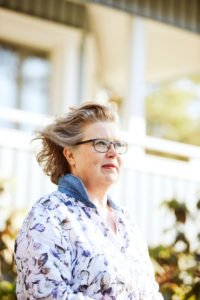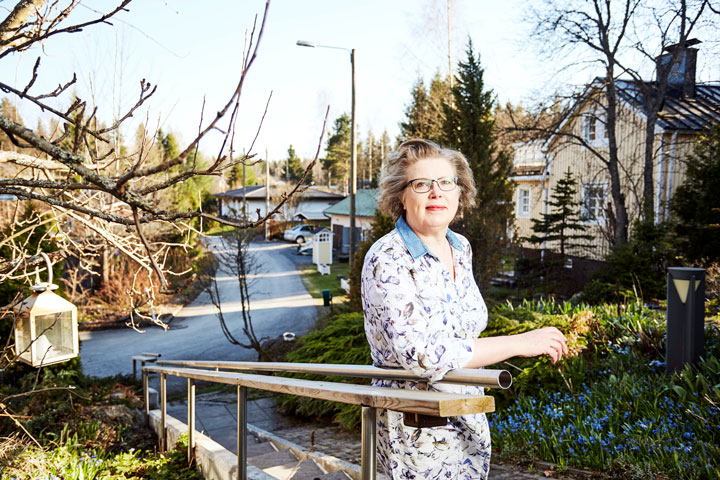
Until now, electricity production was adjusted according to consumers’ needs. This has usually been quite successful with existing electricity production methods, such as coal and hydropower. Now during the energy transformation, we are making the transition to production methods wherein the amount of production varies according to natural conditions, such as wind and sunshine.
The amount of energy produced using wind and solar energy is difficult to predict accurately. Sometimes there is less production, and the unbalanced production we have now can, in such cases, lead to an electricity shortage. And correspondingly if there is more production than demand, overproduction can lead to disturbances on the grid.
Licentiate of Science in Technology Pirkko Harsia is a principal lecturer at the Tampere University of Applied Sciences and is monitoring the issue in her work. She points out that the possibilities for storing electricity are currently very limited.
”The overproduction of electricity can actually be a bigger problem than an electricity shortage. Where and how we use electricity will be essential in the future.”
SINGLE-FAMILY HOUSES MAKE UP A LARGE GROUP OF ENERGY CONSUMERS
Harsia believes that residential buildings will play a significant role in the energy transformation.
”Residential buildings make up a very large share of our building stock. The share of a single building is trivially small, but the combined share is big.”
Large fluctuations in temperature in the Finnish climate add an extra challenge to power balancing. People’s normal daily rhythm causes significant spikes in electricity consumption when there are no smart control systems. However, it is not well-known in Finland which devices and consumption sites make up the electricity consumption profile or power spikes.
In smart electricity power control, the use of electricity is controlled so that activities do not all use electricity simultaneously.
”The aim isn’t to cut anyone’s power for hours at a time, but to alternate between consumption sites. For example, heating could be paused temporarily if lots of energy is being used elsewhere, for example to heat a sauna. It is not really noticeable if the heating turns off for a quarter of an hour,” explains Harsia.
SMART CONTROL SYSTEMS TO AID CONSUMERS
Development work in the industry aims at finding comprehensive solutions for consumers to help to largely automate power control. The consumer picks the service it uses itself, and can choose to actively participate in monitoring the use of electricity. The largest single piece of electrical equipment that can be controlled already is electric heating.
”Technically, control capabilities largely exist already. For the last thirty years, electrical heating systems have been built with power control capabilities,” adds Harsia.
Currently available electrical appliances also often come with power control capabilities. At present, there are no regulations for power control, so control remains the responsibility of the individual consumer. There are some power control services on the markets, but the industry is only just developing.
”A control function alone is not enough; solution providers must also develop the overall design and quality of documentation.”
For now, the implementation of electricity consumption control requires the work of several different professionals. The construction of the system, which consists of various components, requires the designer to have extensive understanding of the overall entity.
For single-family houses, the many different construction methods and ways of implementing power systems bring additional challenges. The construction of the control system requires familiarity with the property’s existing power system. There are not always plans for single-family houses, and the technology- electrical installations are hidden away. In these cases, it can be difficult to ascertain the structure of the system.
A CHANGE IN ATTITUDE AHEAD
The pricing of electricity transmission is changing to a power-based system which is based on peak electricity consumption, and peak power control can bring savings to your electricity bill. For now, the savings will probably not feel significant enough alone to encourage a sizeable change.
”This is more about preparing for the future. If we don’t prepare, we may one day realise that there isn’t enough electricity for everyone on a day with temperatures twenty degrees below zero.”
The intelligent adjustment of electricity consumption can ensure the sufficiency of electricity in the future. Understanding this way of thinking is the first step towards change.
”A change in attitude has to happen first; the technology itself can be implemented quickly,” Harsia sums up.






